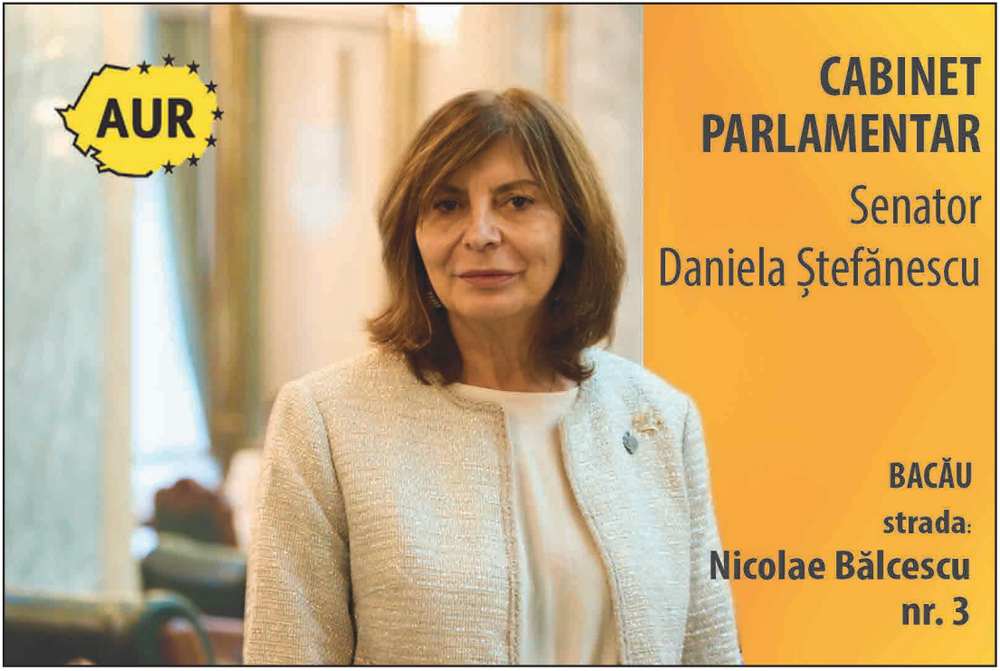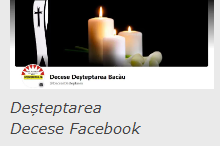The ‘Virgin Mary’s Assumption’ Church in Borzesti was erected by the order of Stephen the Great, the Ruler of Moldavia, between 1493 and 1494, ‘in remembrance of the holy ancestors and their parents.’
The dedication in the inscription reveals that this place of worship, unlike the other 47 ones founded by the ruler, built after a number of battles fought by Moldavia under his command against the Turks, has also soul-related meanings.
Borzesti is assumed to be the place where Stephen the Great was born, but it is certainly, as historians say, the place where he spent a significant part of his childhood.
The two versions of the ‘Borzesti Oak’ legend, collected by N. Gane and Ortansa Racovita, link the existence of the church to a tragic event occurred precisely in that time in the life of the future ruler of Moldavia. According to them, Stephen and Mitrut, a good play friend, were surprised by a horde of Tartars. Invaders allegedly hanged Mitrut from the branch of an oak, on the place where, later on, Ruler Stephen the Great ordered the erection of the church, with the altar table being placed, by his decision, right over the roots of the tree his play friend had been hanged from.
The church close to his soul was endowed, right from the beginning, with expensive worship items and manuscripts, as „Tetraevanghelul,” given in 1495 and later arrived at the Zografu Monastery in Mount Athos. Lacking resources, the church was dedicated by Ruler Constantin Duca, in 1694, to the Bogdana Monastery, located not far away, under which it functioned until 1904, when it was repaired. Then, the church returned to its initial status, and, over time, it was also restored in 1936, 1951-1952, 1995 and 2002-2004.
‘The building has monumental proportions, in a rectangular shape, with no tower, arched with spherical caps. The altar is covered with a cap in a quarter-sphere, the nave with a spherical one and narthex with two caps leaning on a double transverse arch which divides the surface of the room into two equal parts,’ explains architect Constantin Amaie, who designed the imposing Orthodox cathedrals in Bacau and Bucharest, which are under construction.
The foundation of the church in Borzesti was built of stone, and the roof is covered with tiles.
The decoration of facades is given by the combination of construction materials — rough stone and brick, the alternation of arches and niches of bricks, the use of ceramics in the form of discus and from elements of processed in Gothic style and frames. The apse of the altar is decorated with 13 elongated and narrow niches, between whose arches there are discuses coloured in green, yellow, brown and orange.
‘The entrance door is made of Gothic moldings, and the one between the narthex and the nave has a Gothic frame. The windows of the narthex are large and have ornamentation in the upper part, while those of the nave and altar are narrow and elongated in the style of Musatin architecture,’ says architect Constantin Amaie.
The inscription is placed above the entrance door, in a small niche. The floor was made of brick.
It is not known whether the church was painted originally, but the church has been recently painted in the fresco technique by the renowned painter Grigeore Popescu-Muscel who wanted to create compositions in the style of Stephen the Great era.
The wall iconostasis, with icons dating from 1775, painted in fresco by monk Nifon Zugravul, has been preserved and restored.
The church is, in its simplicity, elegant, both outside, as well as on the inside, expecting its visitors, who will be surprised to discover, as historian Ioan Mitrea says, ‘a monument of culmination of the architecture of the Stephan the Great area.’
In the near vicinity of this church there is the Culture and Religious Art Museum, founded in 1994, in whose showcases there are worship objects, iconostasis, icons and books dating from the 18th 19th centuries from collections in Bacau County.
Flower of faith opened to the eye in the period of Stephen the Great and Holy, the Church in Borzesti marked, in Bacau County, the beginning of erecting some churches with openness to culture.
*** The ‘Holy Trinity’ Monastery in Bogdana is one of those places of collecting and transmitting the eastern teachings and traditions over the centuries.
The tumultuous history of the churches began in 1660, when a family of boyars built a church converted afterwards in a monastery, which they endowed with estates and liturgical objects. The monastery was the victim, over time, of the attacks by Tartars, fires, Hapsburg occupation, the earthquake in 1739, the communist authorities, who, in 1960, drove away the 80 monks living there, and transformed the cells into hospital for patients suffering from mental illness. In 1975, it took another utility — a summer school camp — a period during which the old church was arranged as a dance hall, after the several centuries—old painting, done in neo-Byzantine style, was covered with paint.
However, each time, despite these hardships, it revived under the impetus given by the spiritual value remained on the mind of the locals. In 1978, as a result of some sustained steps by Archimandrite Isaia Tugurlan, the worship place resumed its ecumenical and cultural mission, originally as a hermitage of nuns, and then as monastery.
An impressive spiritual heritage was gathered, over time, at Bogdana. Saved from the vicissitudes of time, among other things, were over 700 icons from the 18th — 19th centuries, 4,179 old religious or secular books in Slavonic, German, Armenian, Greek and Romanian.
The oldest volume — ‘The Gospel of Bucharest’ — dates from 1693.
The monastery also houses valuable collections of priest’s clothes and religious objects. Preserving with holiness also traditional values, the monastery’s museum also houses a comprehensive exhibition with the most successful items of folk art donated by the locals, but also creations from the monasteries’ carpet-sewing, painting and religious sculpture workshops. AGERPRES
















